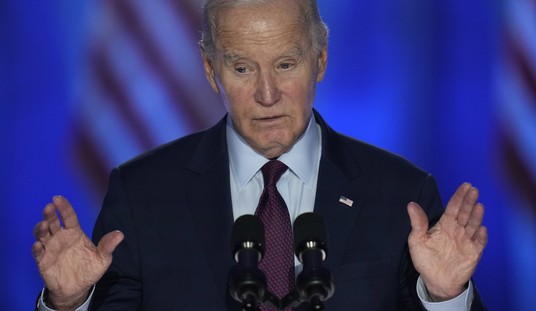Iran's Information Age demonstrators, exploiting the capabilities of the social networking and "micro-blogging" service Twitter, surprised then threatened Iran's tyrannical mullahs. Tehran's thugs in robes suddenly discovered they could not control information within Iran. Kicking out BBC reporters used to separate dissidents from the global megaphone, but no longer. Now that mobile phones are essentially small computers, instant Internet access is widely distributed. Men, women and children hold a global link with audio- and video-recording capability in their palm.
Twitter is the latest in a line of "social media" phenomena spawned by the digital communications revolution. Social media like Facebook and MySpace connected users on the Internet. Twitter, which specializes in brief "text messages," bills itself as a service that answers the question, "What are you doing?" That message is shared with a group of friends or the world.
"Tweeting" Iranians let the world know they were launching street demonstrations and seeding an anti-regime rebellion.

Inside Iran, dissident Iranians used short text messages sent via cell phone to tell fellow activists where to assemble for street demonstrations. "Meet in 10 minutes at the corner of Kargar and Dr. Fatemi" suffices. Even if the secret police are monitoring phone communications (and they are), the dissidents can move and assemble quickly.
Text messages and Internet connections were the dissidents' ambassadors and reporters. In the days following Iran's disputed election, "Tweets" received outside of Iran informed the rest of the world of the demonstrators' aims and actions.
These small digital devices make everyone a potential reporter or a spy. Even the "accidental reporter" has near-instantaneous global reach. The cell phone-video of Saddam Hussein's execution in late 2006 is one example.
Recommended
Rumors persist that the Iraqi government hoped "unofficial" imagery of the hanging would leak, providing additional verification that the devil was dead. The Iraqi government's utter embarrassment at the Shia taunts hurled at Saddam as the noose clinched his neck, however, challenge that rumor. The simple explanation beats the conspiracy theory: with the video capability in his palm, an observer shot the video surreptitiously because he could.
Digital empowerment (the technology and the connective reach) also makes everyone a potential gadfly. American city councils and school boards are learning this lesson. The gadfly constituent who follows a special issue no longer needs column inches from the local newspaper to be heard. She can take on the mayor via her blog. In fact, as newspapers cut back on coverage or disappear, the gadflies become even more important as a means of challenging and investigating local government corruption, nepotism and other malfeasance.
Politicians are exploring the new technology's capabilities, and not just mayors hounded by gadflies. In late April, the White House started its own video channel, which ran a "self-report" of President Barack Obama greeting the NCAA champion University of Connecticut women's basketball team. ABC-TV White House correspondent Jake Tapper felt stung and abused when the video appeared. "Just like a network, they have their own little logo!" Tapper wrote on his blog. "Actual reporters," Tapper complained, were excluded from the ceremony. Tapper dubbed the White House's Web channel "OTV" (Obama television).
Tapper's complaint was the stiffest the White House received. Otherwise, national media remained mute and tame. Now the White House has done it again, this time using former ABC-TV reporter Linda Douglass as its spokeswoman. The video appears on the White House's official Website and attempts to rebut a story that appeared on The Drudge Report (drudgereport.com and Breitbart.com). The White House identifies Douglass as a communications director -- but Tapper is right, this is OTV.
And why can't the president have his own channel? With current technology -- cameras, computers, Web software -- everyone else can, too.
YouTube, Pajamas Media's PJTV (full disclosure: I appear on its "National Security Review" program) and similar Web-based video outlets evade the control of "legacy" television network editors and producers. No one evades criticism and scrutiny, however -- not on the Internet.
In a sense, the Internet has millions of fact-checkers distributed throughout the world -- hence the term "distributed genius," where digital connectivity allows people to connect quickly, examine information and share expertise.
The Internet has loosed a billion tongues on a million channels, and the ayatollahs, network anchors and other partisan control freaks are not pleased.























Join the conversation as a VIP Member